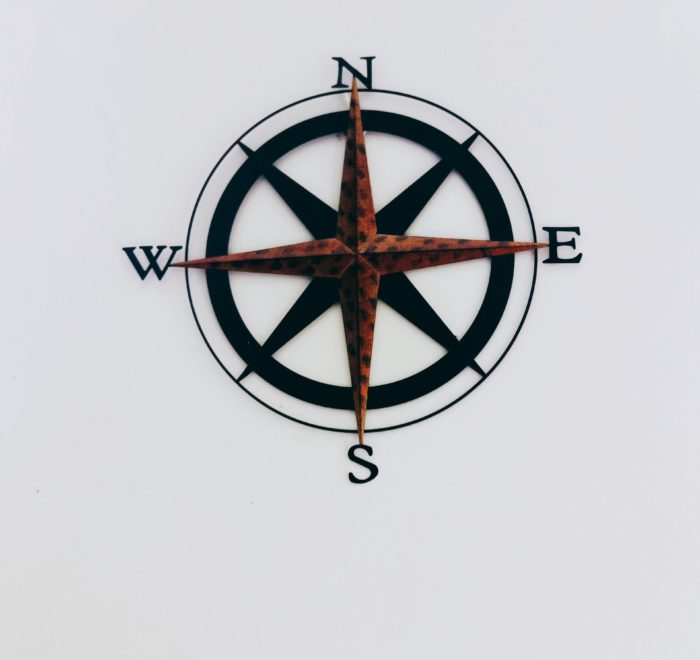Description:
In a couple of kilometres, reach the Blue Eye spring, known as one of the most beautiful places in Albania. This is the source of the Bistrica River. It has a main six-metre diameter source of crystal-clear water that never runs dry, and a large number of water sources on the sides. Syri i Kaltër is declared a Rare Natural Treasure, and is protected by the Albanian Government. The water source is surrounded by virgin forests.
Continue driving towards the UNESCO site of Butrint.
Butrint is situated on a low promontory on the southwest coast of Albania. Set in a marshy landscape between Lake Butrint, an inland lagoon, and the busy straits separating Corfu from Albania, it is an archeological and environmental haven.
The site of Butrint has been occupied since at least the 8th century BC, although myths associated with its origins speak of the city’s foundation by Trojan exiles. By the 4th century BC, a walled settlement was established and the city became a successful cult site, dedicated to Asclepius. Augustus founded a colony at Butrint and the town seems to have remained a relatively small Roman port until the 6th century AD. Little is known of the site between the 7th and 9th centuries. Its later medieval history was turbulent as the town was involved firstly in the power struggles between Byzantium and successive Norman, Angevin and Venetian states and secondly in the conflict between Venice and the Ottoman Turks. By the early 19th century it had dwindled to a small fishing village clustered around a Venetian castle.
Archaeological investigation of the site was begun by an Italian mission in the 1920s, and was continued under the post-war communist government of Albania.
Key areas of excavation include the Roman Forum, a sprawling Roman townhouse known as Triconch Palace, a late-antique baptistery, a Roman villa and late-antique church on the shore of Lake Butrint at Diaporit and a major suburb of the Roman town located on the plain in front of the walled city.
After the guided tour of Butrint (2.5 hrs), drive back to the port of Saranda.
Albania local expert with carefully selected suppliers and a highly professional team!
A dedicated assistance, with a 24/7 multilingual emergency line, and on site teams.
Bespoke service for every aspect of your journey.
